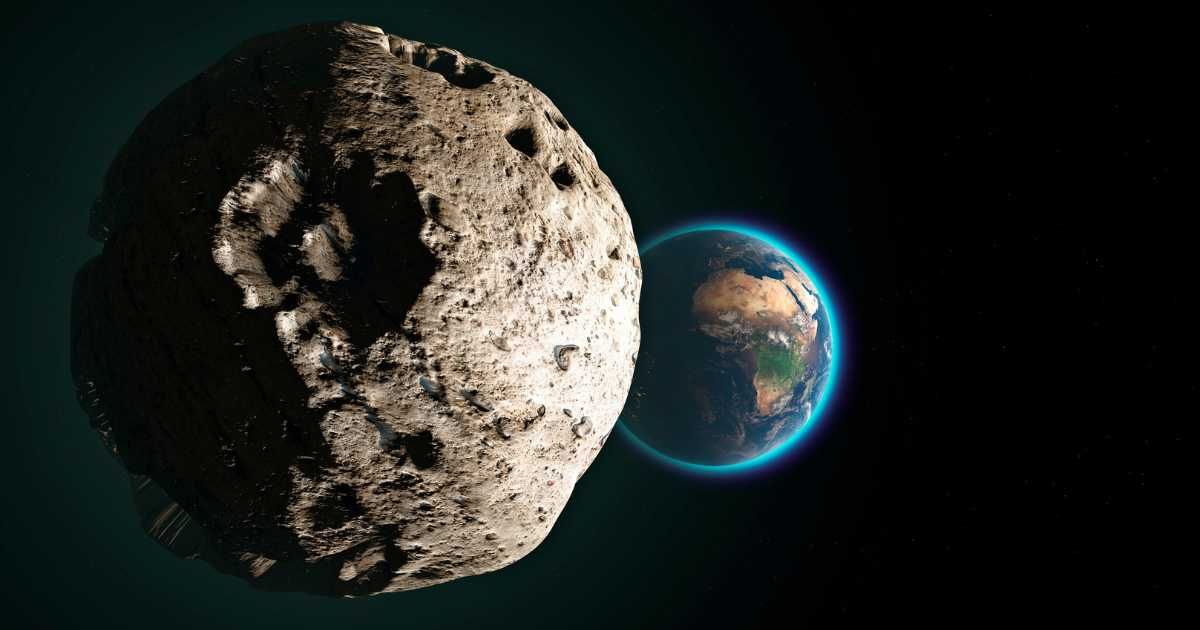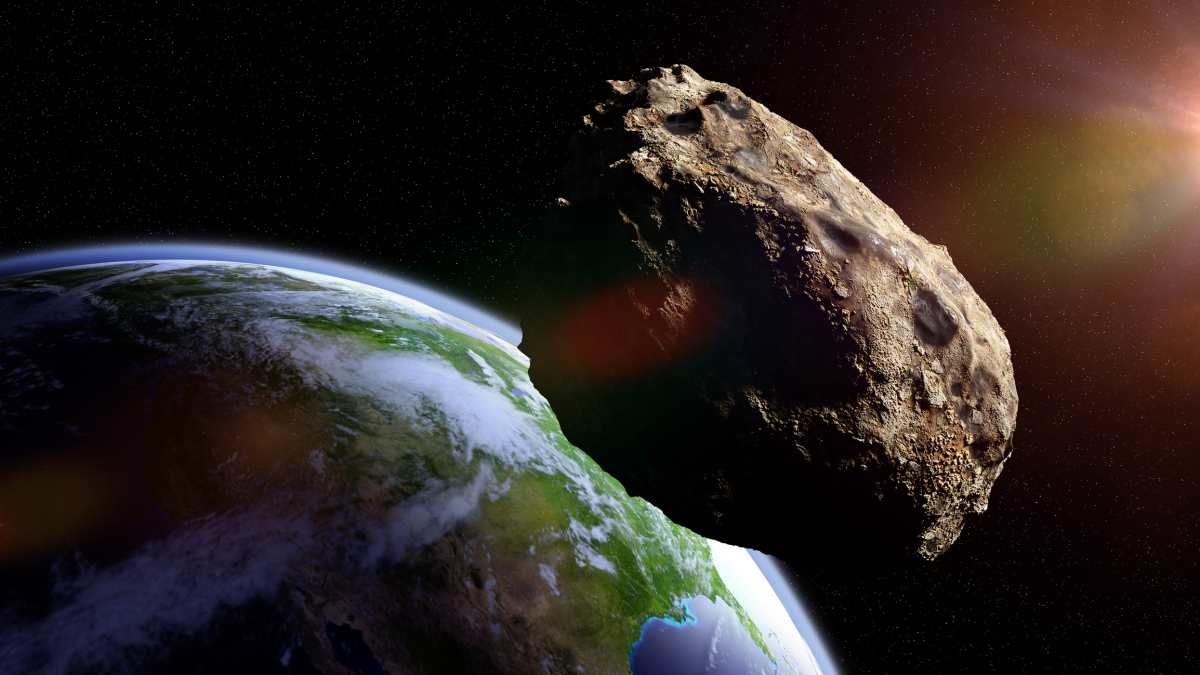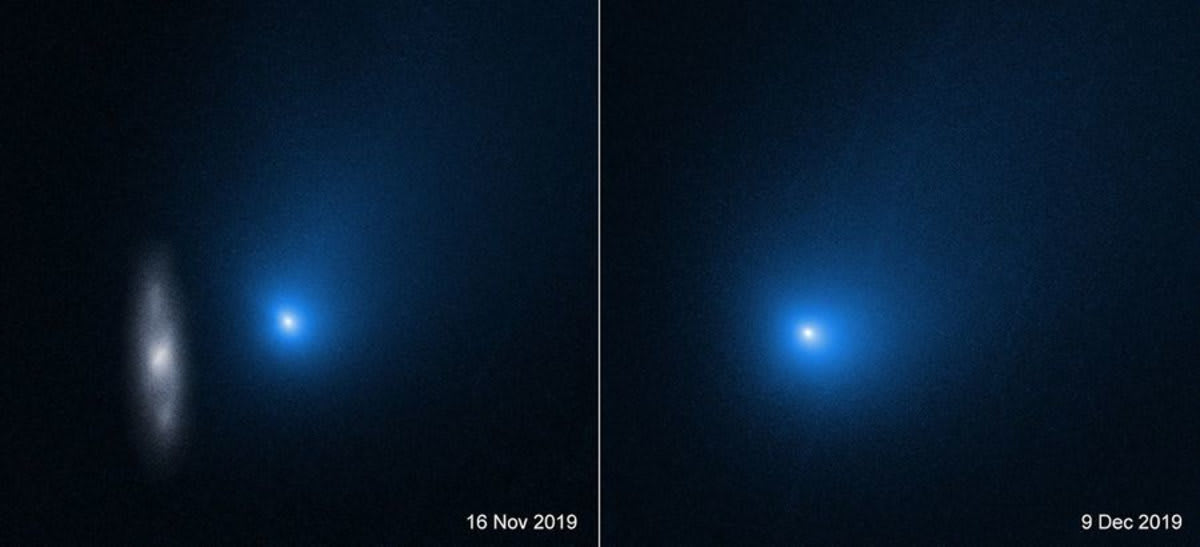Where is interstellar comet 3I/ATLAS now: Current visibility and position on November 3

As of November 3, the interstellar visitor, comet 3I/ATLAS (C/2023 A3), is charting a course through the constellation Virgo. Astronomers currently place the object approximately 337.3 million kilometers from Earth, translating to a distance of about 2.26 Astronomical Units (AU), as per Sky Live.

Its apparent coordinates place it at a Right Ascension of 13h 20m 37s, and the Declination is -06° 16’ 33”. The object currently presents a faint estimated magnitude of 14.7. Light traversing the vast distance from 3I/ATLAS takes nearly 19 minutes to reach terrestrial observers. The comet is expected to make its closest approach to Earth on December 19, 2025, passing at a distance of roughly 268.9 million kilometers (about 1.80 AU).
Discovered in July 2025 by the ATLAS survey network, 3I/ATLAS quickly garnered attention as only the third confirmed interstellar object detected, following ʻOumuamua and 2I/Borisov. Initial speculation, championed by some, including Harvard astrophysicist Dr. Avi Loeb, suggested the object's trajectory and composition hinted at an extraterrestrial probe. However, recent scientific analysis appears to have effectively countered the artificial origin hypothesis. New research strongly supports a natural, astrogeological explanation. Scientists now propose that the roughly seven-mile-wide body is a lithified clastic fragment, essentially a large piece of cemented sedimentary rock originating from a distant, potentially habitable exoplanet.

The compelling evidence lies in the comet's observed characteristics, such as its compact coma and spectral signature, which align precisely with models for stratified siliciclastic strata (layered, cemented rock). Researchers assert that this natural explanation accounts for the anomalies previously used to suggest intelligent construction. Attention now pivots to using the comet's fleeting presence to glean unprecedented data on geology and planet formation beyond our solar system.

The comet recently completed a series of significant orbital milestones, adding intrigue for the astronomical community. According to Avi Loeb, in his Medium blog, just eight days following its solar conjunction relative to Earth on October 21st, and 26 days after crossing the ecliptic plane on October 3rd (when it made its closest pass to Mars), 3I/ATLAS reached its perihelion, its closest approach to the Sun, on October 29, 2025. While the confluence of these events has sparked minimal debate regarding potential "design" signatures, the perihelion passage provides a rare observational opportunity: studying the minor effect of gravitational lensing of the comet by the Sun.

However, a more immediate puzzle has emerged from observations near this solar proximity. The Atacama Large Millimeter Array (ALMA) recently detected a non-gravitational acceleration of 3I/ATLAS. ALMA data reported that the object was offset by four arcseconds in Right Ascension from its predicted path near perihelion. Though the expected gravitational lensing effect is only a small fraction of this reported deviation, scientists are eager to analyze the ALMA measurements to determine if they contain any evidence of the minute warping of spacetime caused by the Sun. The true source of this significant non-gravitational nudge remains a key focus for ongoing research.









